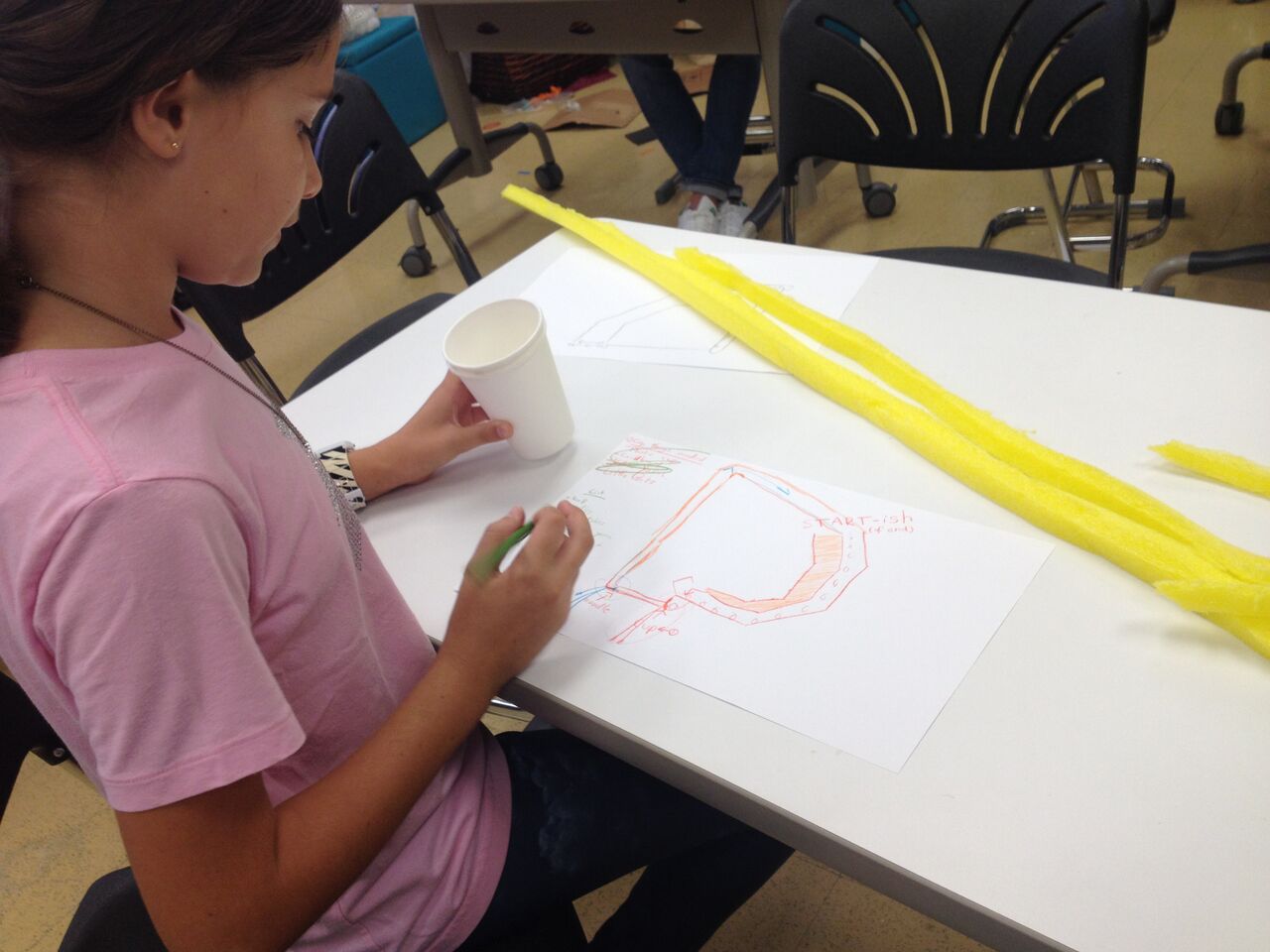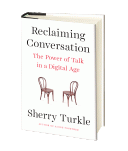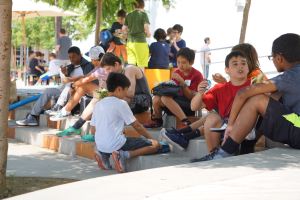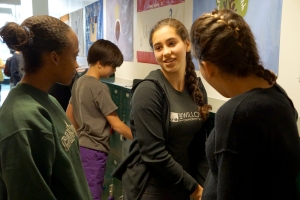Documentation is an act of communication; it makes public a conversation about what we value.
-Harvard Project Zero, www.pz.harvard.edu
At certain times of the school year, things can feel so busy it’s tough to take a moment and catch your breath. This is of course as true at The Willows as anywhere else, especially given the number of diverse projects and endeavors always underway. A challenge busy individuals have within any organization is to make time to stop and understand the processes going on around them. A further step, beyond pausing to take stock, involves articulating what you have accomplished to others.
Last week, I was part of a group of Willows teachers and administrators that went to visit the High Tech High network of charter schools in San Diego. During the last school year, our community watched the film Most Likely to Succeed, which featured one of their high schools prominently to illustrate the power of project-based approaches on learning and curriculum building.
 High Tech High is well known for impressive and high-quality project artifacts visible throughout their halls, and there were plenty of examples that wowed us as we toured each school. However, what caught my eye most of all was not the amazing creations on display– it was the documentation accompanying each project that helped explain the process behind the project.
High Tech High is well known for impressive and high-quality project artifacts visible throughout their halls, and there were plenty of examples that wowed us as we toured each school. However, what caught my eye most of all was not the amazing creations on display– it was the documentation accompanying each project that helped explain the process behind the project.
Besides simply articulating details about process, the very best pieces of documentation help tell relevant learning stories about curricular projects. They might walk an audience through the steps of the process, highlight epiphanies or failures that led to necessary revisions, or unpack the knowledge that was developed by participants. Ultimately, the idea is to make the thinking and learning involved in the project visible to all in an intentional manner.
A long tradition of researchers and educators from Harvard’s Project Zero – who’ve published seminal works like Making Thinking Visible and Visible Learners – and the vast network of schools associated with the Reggio Emilia experience have long advanced the power of documentation as a tool for improving teaching and learning. According to these proponents, powerful pieces of documentation do more than just capture what happened. Instead, the intent is ultimately to push learning forward, and, as the quote above states, to make “public a conversation about what we value.”
While feeling inspired after leaving High Tech High, our visit also caused me to reflect on similar work with documentation that we’ve undertaken at The Willows. Some form of documentation regularly accompanies all of the artwork that hangs in our halls and classrooms, and we have worked this year to make some of these displays more interactive by adding QR codes for visitors to access additional relevant (and often process-oriented) content. Additionally, knowing that a great picture often tells its own story, we have provided several professional development sessions for teachers this school year on photography techniques and how to incorporate high-quality photographs into their documentation.
What’s next for The Willows and documentation? Knowing that teachers are always juggling many different priorities, we are currently exploring how we might better utilize different templates for easy input of content and photos (see this recent example from 3rd grade).  Also, we have recently begun engaging fourth through eighth grade students in this process in Maker and Science classes, having them document their progress on projects by creating websites and digital portfolios using Google Sites. The more we can engage the whole community in the process of communicating the learning that is taking place, the better!
Also, we have recently begun engaging fourth through eighth grade students in this process in Maker and Science classes, having them document their progress on projects by creating websites and digital portfolios using Google Sites. The more we can engage the whole community in the process of communicating the learning that is taking place, the better!









 and
and 
 Balance is a word you hear often around The Willows. We are a balanced, progressive school. Tradition is balanced with innovation. Academics, the arts, athletics, and social emotional development are balanced in our educational program.
Balance is a word you hear often around The Willows. We are a balanced, progressive school. Tradition is balanced with innovation. Academics, the arts, athletics, and social emotional development are balanced in our educational program. Questioning, deep critical thinking, and creative inquiry, and sharing this as a group, is accentuated in all our classrooms. Walk through our hallways and glance in any classroom and you will see that conversation is thriving and technology is integrated effectively and appropriately.
Questioning, deep critical thinking, and creative inquiry, and sharing this as a group, is accentuated in all our classrooms. Walk through our hallways and glance in any classroom and you will see that conversation is thriving and technology is integrated effectively and appropriately.